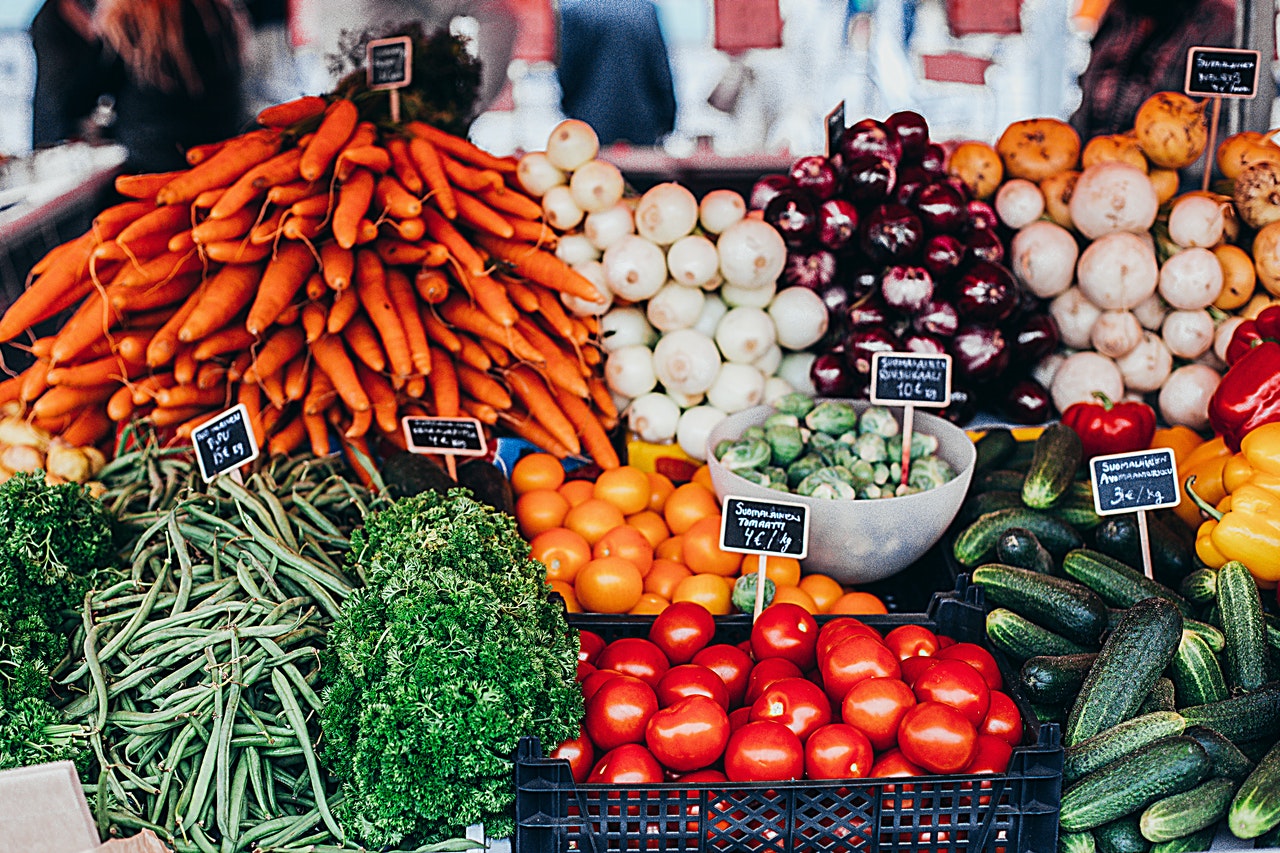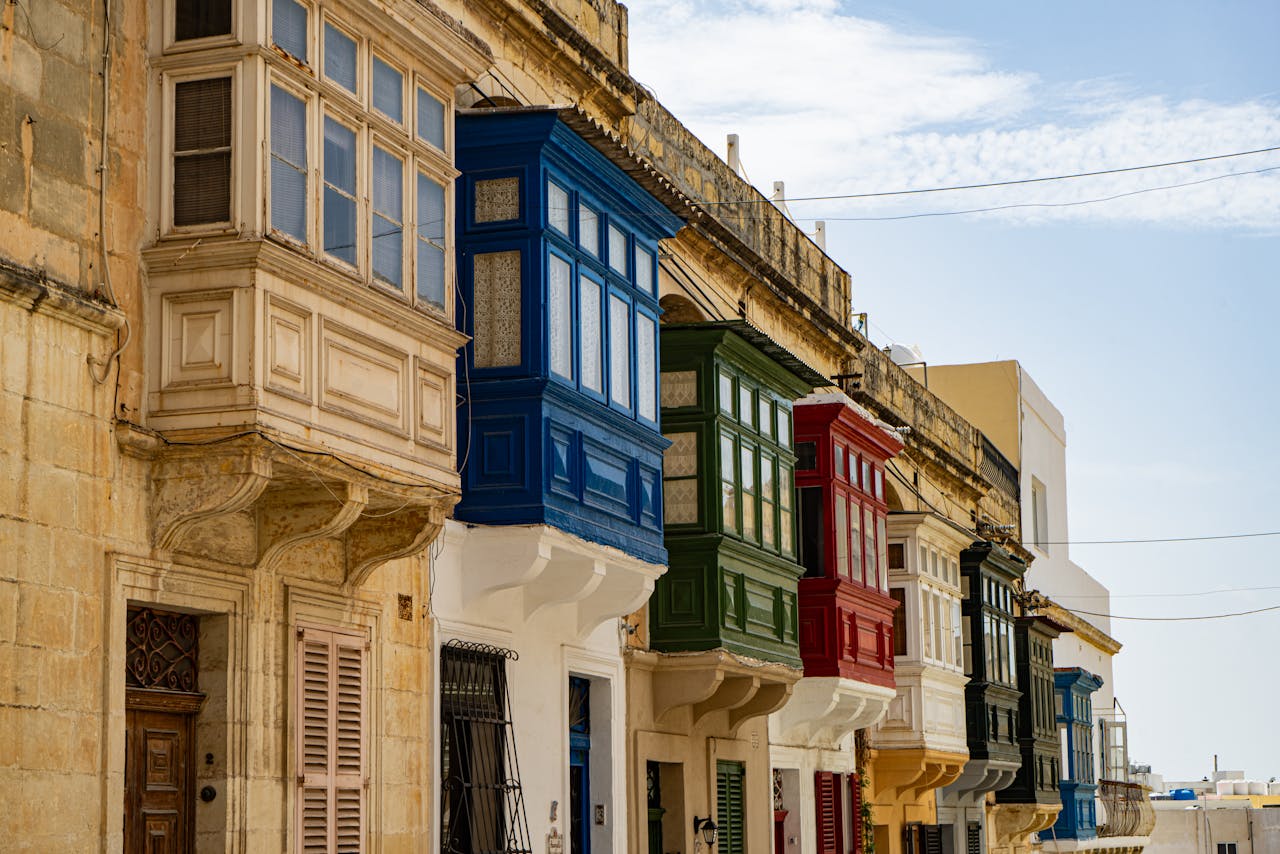Malta’s annual inflation rate stood at 5.4 per cent in April, up from 4.5 per cent in March, according to the Harmonised Index of Consumer Prices (HICP) released by the National Statistics Office (NSO).
The 12-month moving average rate for April stood at 2.1 per cent, while the largest upward impact on annual inflation was measured in the food and non-alcoholic beverages index.
Prices in this category rose by 1.56 percentage points, while a downward impact was recorded in the communications index, which fell by 0.07 per cent.
Year on year, this meant that food and non-alcoholic beverages were nine per cent more expensive in April 2022 than April 2021.
According to comparable data from the EU statistics agency Eurostat, annual inflation during the same month across the EU was up to 8.1 per cent.
Malta’s 5.4 per cent figure was tied only with France, while Finland performed the next best, at 5.8 per cent.
Across the EU, the highest contribution to the annual inflation rate came from energy (up 3.70 percentage points), followed by services (up 1.38 percentage points), food, alcohol & tobacco (up 1.35 percentage points) and non-energy industrial goods (up 1.02 percentage points).
Inflation was the highest in Estonia, at 19.1 per cent annually, while in Lithuania it was similarly high, 16.6 per cent.
HICP data registers monthly price changes in the cost of purchasing a basket of a given consumer goods and services, and is harmonised across the EU.
EU Funding Helpdesk launched as one-stop-shop for business opportunities
The Helpdesk aims to support businesses in their pursuit of local and EU funding opportunities
Final deeds of sale rise 8.4%, promise of sale agreements up 6.8% in November
Malta’s residential property market strengthened again last month
Employment rises 4.8% as labour market continues to expand
66.8% of the population aged 15 and above are employed






